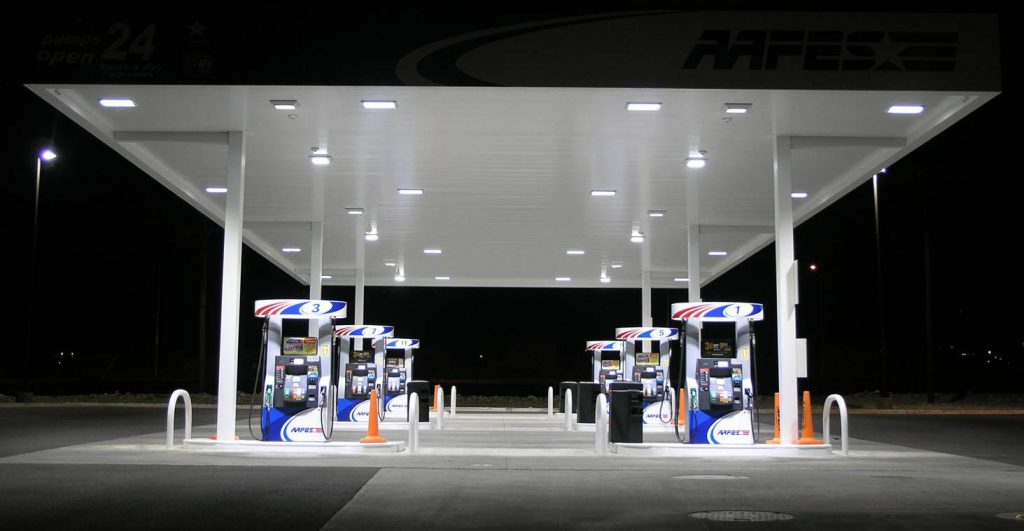Apr 2016
Simple Ways to Improve Your Fleet’s Fuel Efficiency

Controlling fuel expenditures can be one of the most important aspects of ensuring that your fleet is running as efficiently as possible. Being that the fuel prices are unpredictable and ever-changing, it’s important to control any factors of fuel usage that you can. Below are some tips that outline controllable aspects that can aid in the effort to increase your fleet’s fuel efficiency.
Ensure Tires are Inflated to the Correct Pressure
Under-inflated tires can decrease fuel economy by 2% per pound below the correct level of inflation. It’s extremely simple to check the pressure and air pumps are available at all auto-body shops, many gas stations, and if you don’t have your own, chances are a friendly neighbor will be happy to let you borrow theirs.
Implement a Fuel Card Program
Fuel management programs make it easy to track and control fuel costs. A good fuel program will also reduce unauthorized purchases and even prevent unapproved purchases different fuel types.
Eliminate Unnecessary Weight
It can be easy to unintentionally allow extra items to accumulate in your vehicle. It shouldn’t come as a surprise that this doesn’t help your MPGs, as an added 100 lbs. can reduce fuel economy by 2%. So take the golf clubs and bowling ball out of the trunk and instantly improve your fuel efficiency.
Use Cruise Control When Appropriate
Cruise control eliminates unnecessary changes in speed that are inefficient. Though you may have confidence in your ability to hold a set speed, let the car do the work and flip on the cruise control.
Ensure Drivers use Good Driving Habits
Driver training courses can help inform you of habits that will aid in the reduction of fuel usage. These courses are often available online and can be completed during downtime that will not interfere with your daily work schedule. Many companies offer these to their drivers as an initiative to increase overall fuel efficiency.
Avoid Rapid Accelerations
We all have that inner desire to mash the gas after a long wait at a red light. You may have guessed it, but this isn’t the best way to improve your MPGs and most of the time you’ll just end up stuck at the next red light anyways. So control your aspirations of being a drag racer and monitor your acceleration.
Avoid Excessive Idling
It’s hard to improve your fuel economy when you incur long stretches of zero MPG. While it’s not feasible to turn the engine off every time you’re stuck in traffic or at a red light, be sure to avoid long idles and turn the engine off when possible.
Use Carpooling when Feasible
Though it may be difficult to find a coworker with whom you can carpool with, it’s a very easy way to improve overall fleet fuel economy and reduce expenses. Also, when it’s your partner’s turn to drive you can always get some extra shut-eye on the way to work. Who doesn’t want that?
Develop Route Optimizations
An obvious way to save on fuel is to map out the most efficient route to your destination. GPS and telematics technology make it simple for drivers to plan ahead and ensure the selected route is the best possible option. Utilize the available tools and don’t get lost while on the road.
Complete Preventative Maintenance
Fuel efficiency might not come to mind when the topic of vehicle maintenance arises, but these two go hand-in-hand. Small steps such as replacing the air filter, oil, and tires help to confirm that your vehicle is operating as efficiently as possible.



